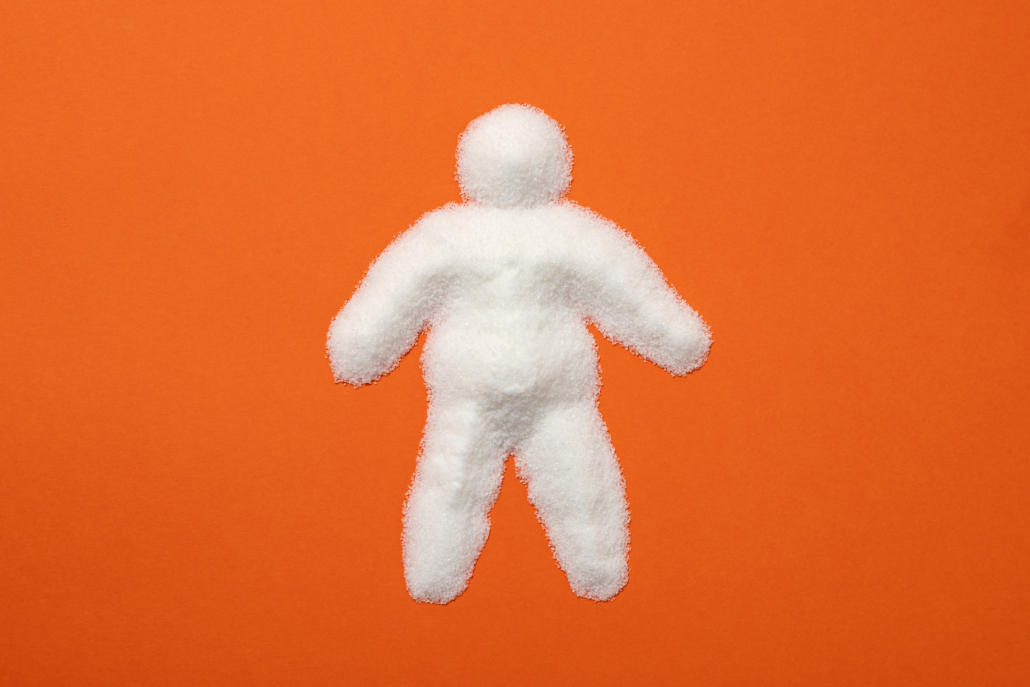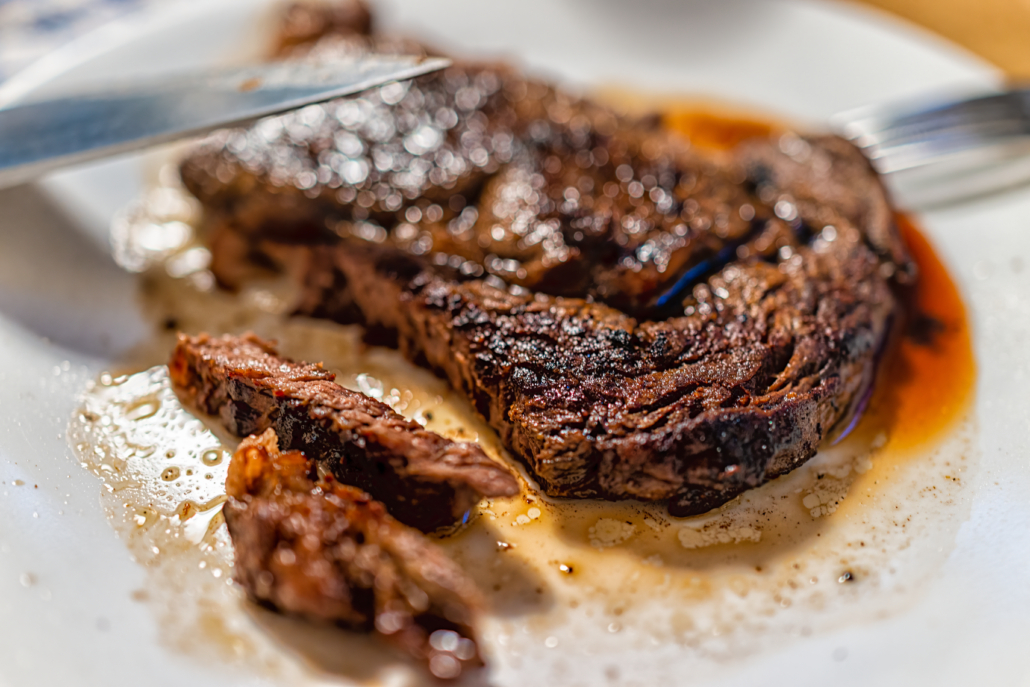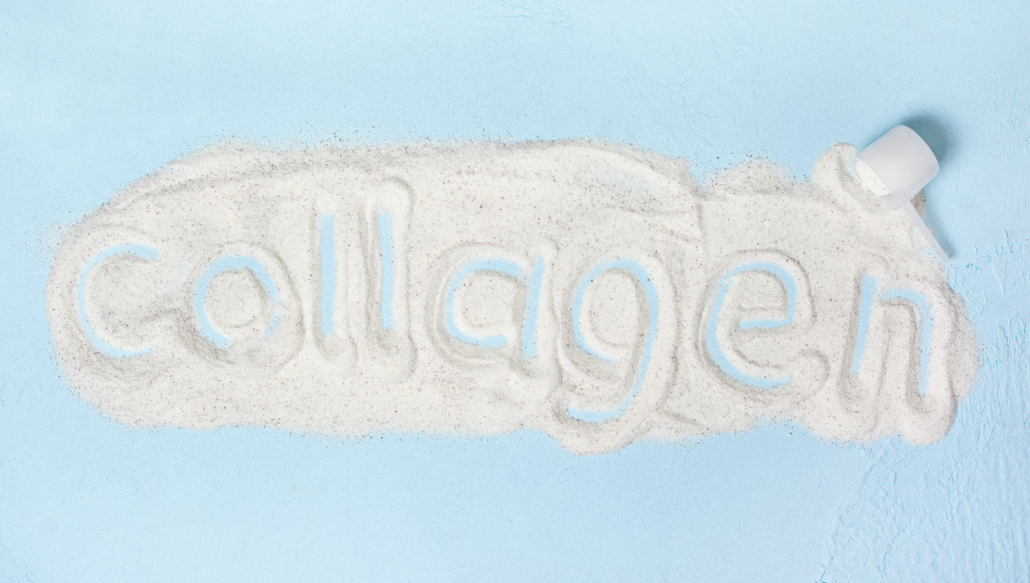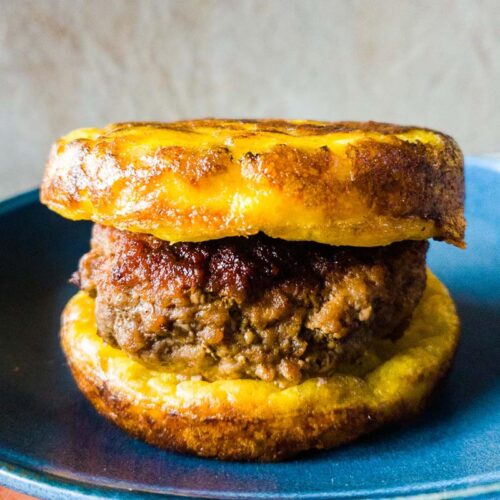We include products in articles we think are useful for our readers. If you buy products or services through links on our website, we may earn a small commission.
Lectins 101: Antinutrient You Should Know About
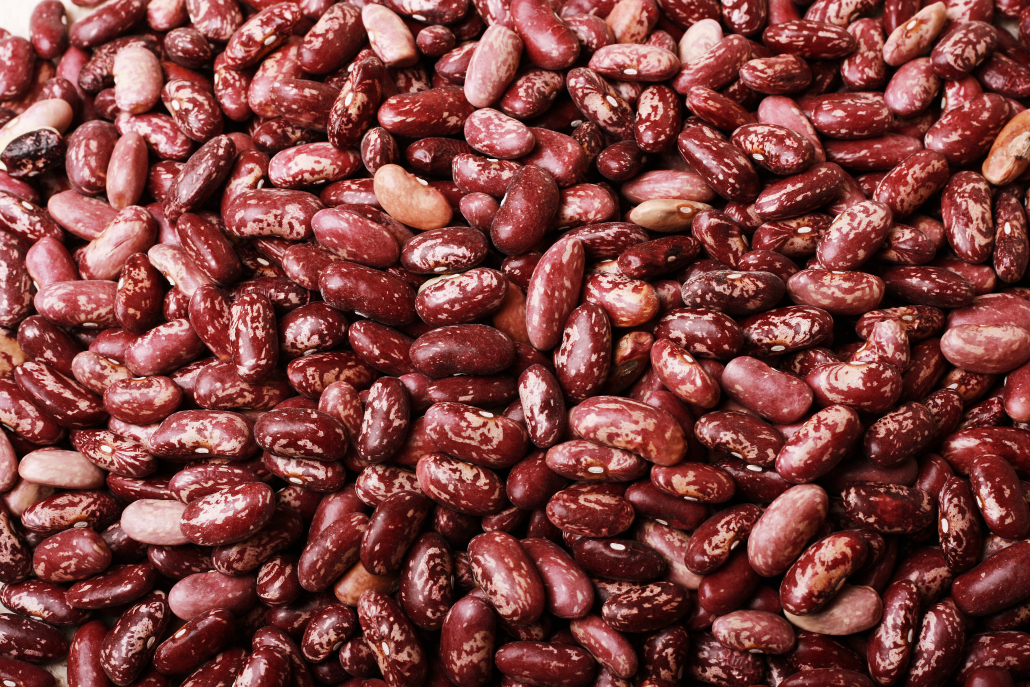
Lectins are one of the numerous antinutrients found in plant foods. Defined as proteins that bind to carbohydrates, lectins are part of a plant’s defense mechanisms, protecting them from being eaten by pests. Among the foods people eat, lectins are found primarily in legumes and grains.
Though plant toxins and antinutrients are news to most people, you’ve probably heard of gluten, a prevalent and problematic lectin consumed in abundance as part of the standard American diet.
In this article, we’ll explore all things lectin, including their possible effects on health, and how to avoid them.
Table of Contents
What is a Lectin?
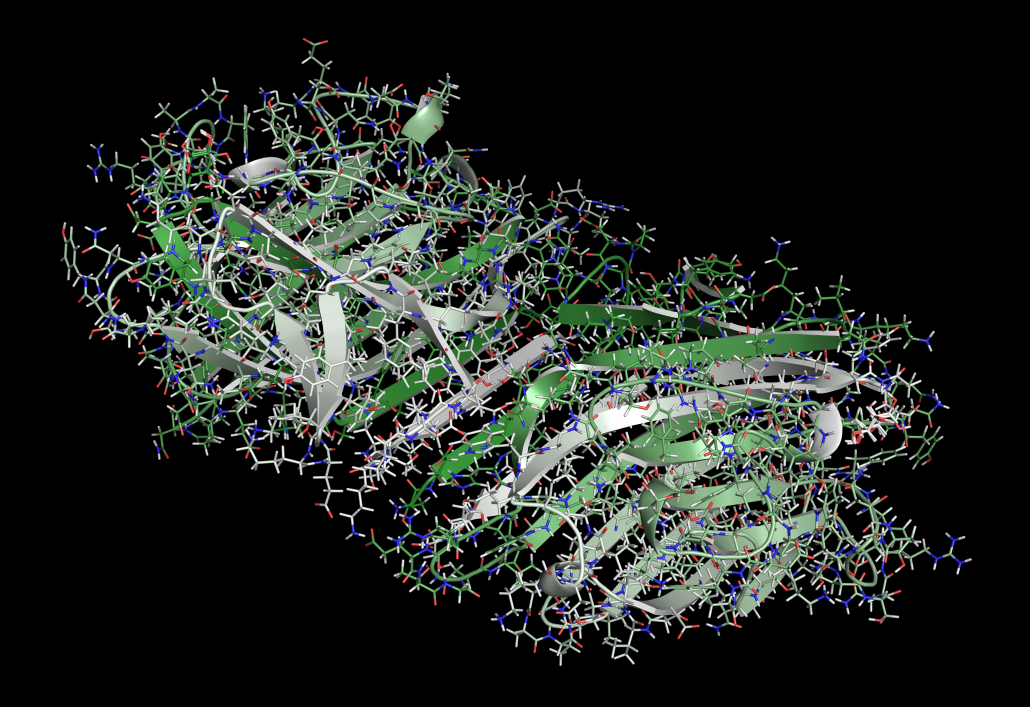
Pea Lectin
Lectins are proteins that bind to carbohydrates. They are found in virtually every class of organism including plants, microbes, animals, and humans.
When it comes to lectins in our diets, we’re focusing on lectins in plant foods. Lectins are part of a plant’s defense system against pests [1]. But when ingested by humans, they can cause digestive issues and inhibit our body’s ability to absorb various nutrients including zinc, iron, and calcium [2].
Are Lectins Bad for You?
Though research into the effects of consuming lectins is still emerging and more needs to be done, studies have raised the question, are lectins bad for you? [3].
For people with IBS, IBD, Crohn’s, autoimmune diseases, and food sensitivities, a lectin free diet may be beneficial. [8]
Malnutrition
Lectins have been shown to inhibit the absorption of calcium, phosphorus, iron, and zinc [4]
Since lectins are found in the same legumes and grains that contain these minerals, the nutrient value of these foods may be much lower than stated on nutrition labels [5]
Some experts consider polyunsaturated fats (PUFA) in many plant and seed foods as antinutrients. When combined with lectins, PUFAs can inhibit trypsin and other digestive enzymes, leading to greater reductions in nutrient absorption [6].
Aging
These ‘sticky” proteins can bind to glucose and AGE molecules in joints, between nerve junctions, and within myelin sheathes, contributing to glycation and aging, along with inflammatory conditions like diabetes and arthritis [6]
Inflammation
Lectins may be the active compound in many inflammatory plant foods. In studies, lectins have been shown to exacerbate inflammation associated with IBS and autoimmune conditions like rheumatoid arthritis [9]
People with IBS and leaky gut are also more susceptible to the negative effects of lectins, and their effects can be felt immediately.
Disrupt Intestinal Flora and Hormone Signaling
When these proteins bind to cells lining the digestive tract, they can disrupt intestinal flora growth and hormone signaling [7]
Lectins and Leaky Gut
Lectin binding in the gut has also been associated with damage to the tight junctions among intestinal cells, leading to leaky gut, which has been linked to autoimmune disorders [7] [8].
Dr. Steven Gundry estimates that 90% of patients with autoimmune disorders have shown significant improvement after eliminating sources of lectins from their diets.
Digestive Problems
In addition to disrupting intestinal flora, hormone signaling, and contributing to intestinal permeability, some lectins like phytohemagglutinin are so acutely poisonous to the intestines that they can cause stomach pain, nausea, vomiting, and diarrhea [7]
Lectin Poisoning
Certain lectins are more poisonous than others. Castor beans and several other plants contain a poisonous lectin called ricin [9]. Ricin is such a powerful poison that itw was used by Walter White of Breaking Bad in attempts to poison his enemies.
Concerns about Lectins in GMOs
The lectin proheviein occurs naturally in rubber and has been synthesized in various genetically modified foods for its anti-fungal properties.
The inclusion of lectins from non-food plants has led some experts to forecast allergy outbreaks, especially in people with latex sensitivities [10].
In 1998, Doctor Arpad Pusztai revealed that lab rats fed GMO potatoes with an insecticidal lectin gene incured major damage to their immune systems, and vital organs including kidneys, spleens, and brains.
Though Dr. Pusztai had been a highly respected researcher for over 30 years, and though his findings were supported by over twenty scientists, he has been ridiculed by so-called “experts” funded by agricultural corporations [11].
Foods High in Lectins
The foods with the highest lectin content are:
- Beans
- Grains
- Nightshade veggies
- Dairy products
Lectins in Legumes
Most beans are high in lectins. Commonly consumed legumes that contain high levels of lectins include:
- Lentils
- Peas
- Kidney beans
- Black beans
- Lima beans
- Soybeans
- peanuts
Lectins levels in raw kidney beans are so high that eating only a few beans can cause symptoms of toxicity including vomiting and diarrhea.
Once cooked kidney beans still contain 200–400 hau per serving, which is not enough to cause toxic symptoms in most people, but may exacerbate IBS and intestinal issues in vulnerable people [14].
The lectins in peanuts may be particularly resistant to degradation from heat. A study revealed the presence of lectins in the bloodstream of groups of people who ate raw and roasted peanuts [15]
Grains
Gluten is the most infamous lectins found in grains, but it’s only one of many. Grains that high contain lectins include:
- Wheat
- Wheat germ
- Barley
- Rye
- Quinoa
- Rice
To put these lectin levels into some context, the above grains contain around 3000 mcg of lectins per 100-gram serving. But with proper preparation you can dramatically reduce lectins and other antinutrients.
Nightshades
Popular nightshade vegetables containing lectins include:
- Potatoes
- Tomatoes
- Eggplant
- Peppers (bell, cayenne, paprika)
It’s worth noting that date studies have not shown lectins present in tomatoes to negatively affect human health [16].
Can Lectins be Beneficial?
Within the field of nutrition, there is some disagreement about the ultimate benefits and drawbacks of lectins. Some researchers point out that lectins may have antioxidant properties.
However, when we reduce oxidizing foods like PUFAs that we get from many vegetable oils, we don’t need to consume more antioxidants to offset them.
Some lectins have been shown to reduce inflammation, suggesting that more research needs to be done to better understand the link between inflammation on some lectins and not others [17].
There is also a belief among many mainstream nutritionists that because many lectin-containing foods also provide B vitamins, protein, fiber, and minerals, the nutritional pros outweigh the cons. However, this view seems short-sighted when considering that people can get a greater abundance of more highly bioavailable nutrients from animal products like meat, fish, and seafood, without exposure to plant toxins.
If you’d like to avoid lectins stick with the foods below.
Low Lectin Foods Chart
Animal products are generally lower in lectins than any other types of foods. Low-carb fruits and low-carb keto veggies are also viable options.
Low Lectin Animal Foods
| FOOD | LECTIN CONTENT |
| FISH | Very low |
| BEEF | Very low |
| CHICKEN | Very low |
| EGGS | Very low |
Low Lectin Fruits and Veggies
| FOOD | LECTIN CONTENT |
| APPLES | Low |
| ARUGULA | Low |
| AVOCADOES | Low |
| BEETS | Low |
| BLACKBERRIES | Low |
| BROCCOLI | Low |
| CABBAGE | Low |
| CARROTS | Low |
| CAULIFLOWER | Low |
| CHERRIES | Low |
| COLLARD GREENS | Low |
| KALE | Low |
| MIXED GREENS | Low |
| LEMONS | Low |
| LIMES | Low |
| MUSHROOMS | Low |
| ONIONS | Low |
| ORANGES | Low |
| RADISHES | Low |
| RASPBERRIES | Low |
| SCALLIONS | Low |
| STRAWBERRIES | Low |
| SWEET POTATOES | Low |
As you can see, many keto veggies are also low-lectin veggies.
Low Lectin Nuts
| FOOD | LECTIN CONTENT |
| ALMONDS | Low |
| FLAX SEEDS | Low |
| HEMP SEEDS | Low |
| MACADAMIA NUTS | Low |
| PECANS | Low |
| PISTACHIOS | Low |
| PINE NUTS | Low |
| WALNUTS | Low |
It’s worth noting that these low carb keto nuts are best enjoyed in moderation due to high omega-6 and fiber content [18]
Lectin-Free Foods: Healthy Fats
Since lectins attach to carbs, and fat doesn’t usually come with carbs, most fats have low, to no lectins. Healthy low lectin fats include:
How to Reduce Lectins in Your Diet
If you opt to continue eating lectin-containing foods there are methods you can use to protect yourself.
High cooking temperatures can remove the majority of lectins from most legumes.
One study showed that boiling red and white kidney beans can completely remove all lectin content [19].
Processing methods including soaking, sprouting, and fermenting can also reduce lectin levels. One study found that fermenting lentils for more than 72 hours can eliminate the majority of lectins. [36]
Lectins: The Takeaway
Lectins are antinutrients found in plants. These sticky proteins can bind to glucose in our bodies, raising the question, are lectins bad for you? Research shows that lectins can contribute to various health issues including:
- nutrient deficiencies
- leaky gut
- Inflammation
- Autoimmune disease
- Digestion issues
The highest levels of lectins are found in legumes and grains. Reducing lectins in your diet may offer various health benefits including improved digestion, reduced inflammation and gut permeability, and greater nutrient absorption.












